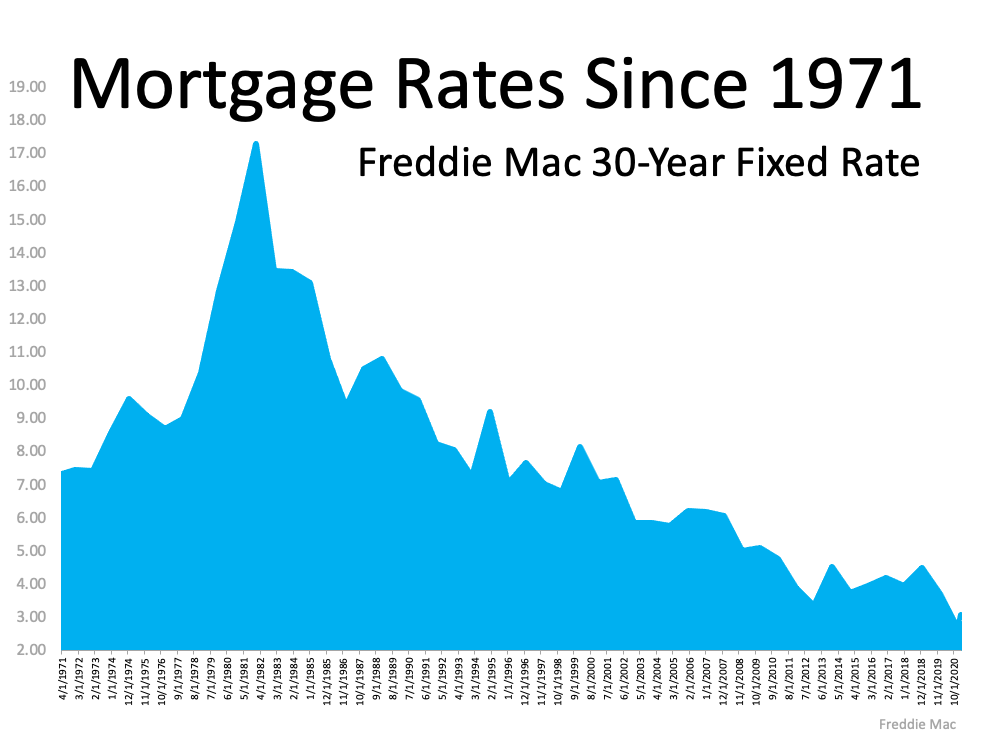Seed Starting 101
Starting Seeds Indoors
Before starting your seeds, be sure to read the seed packet to get an idea of how long before planting you should get your seeds started. In many cases this will be six to eight weeks, but it could be longer or shorter depending on exactly what you’re growing. In addition, the packet should give you an idea of when is best to plant based on where you live; you can then time you seed starting based on that guideline.
Prepare a growing medium by using a seed-starting mix or other potting soil. Break it apart to loosen it, then dampen it slightly with some water. Avoid using outdoor garden soil or soil with added fertilizers, as seeds won’t need the extra fertilizer or organic materials from the soil and having too much of these can actually cause problems.
Once you’ve prepped your growing medium, fill some seed-starting trays or other containers until they’re around 2/3 full. Place a few seeds in each cell or container, covering them with more of the dampened mix. Add just a little bit of water, then place the containers in a warm, sunny place. Cover them with a thin sheet of plastic wrap or plastic seed-starting domes to help control the humidity until the seeds sprout.
Starting Seeds Outdoors
Some plants, including a lot of flowers and certain vegetables such as squash and beans, do better when started outdoors. In many cases these are referred to as “direct sow” seeds because they are typically planted directly into the ground instead of being started in pots. This is often the case with plants that germinate and grow quickly, since they can rapidly outgrow indoor growing spaces. If you want to get a jump on these seeds, you’ll need to start them outdoors.
If you have a greenhouse set up, you can start a variety of seeds in it, including seeds that you might otherwise start indoors. Even if you don’t have a dedicated greenhouse set up, cutting the bottoms off of gallon water or milk jugs can still give you the benefits of a greenhouse without the dedicated structure. Failing that, you can also use plastic sheeting to construct a greenhouse tent to achieve the same end.
If you don’t wish to plant directly into the soil, use small individual flowerpots filled with the same seed starter material you would use for indoor starting. This provides more room for root development while still fitting inside of a greenhouse (either static or makeshift) for warmth and weather protection. Once the plants start to outgrow their greenhouses or fill out their pots, they are ready to transfer to the soil.
Planting Time
When it comes time to plant seeds that were started indoors or in pots, the process is pretty simple. Indoor plants should be placed in a partially shaded area that’s protected from the wind for a few hours each day, gradually exposing them to more sunlight and wind for around seven to ten days before planting. Once you’re ready to actually plant, dig a hole slightly larger than the container you started your seed in and add more starting soil to the bottom of it. Remove any excess sprouts from each starter, leaving the strongest plant as you transfer the plant and its surrounding soil to the hole. Fill in around it with soil, then water.
Growing a garden can be very rewarding, but there’s a lot of work involved early on. If you need help getting started, need additional plant starters, or need some assistance building a raised garden, HomeKeepr is there for you. Sign up for a free account today to connect with nurseries and other pros in your area who can give you all the help you need.










